Inefficient production sequencing

Upholstery and mold changes generate delays and overtime.
Optimize production sequencing by modeling real changeover times to reduce delays and additional hours.

150+ companies trust us

































With seasonal collections, long supply times and high logistical dependency, each decision impacts the service. Connected management improves availability, optimizes inventory and ensures response in a very demanding market.
Forecast limited to 6-12 months, making strategic planning and anticipation of demand difficult.
Combination of Asian lead times, high season and color replenishments causes oversized purchases or expensive air shipments.
Loss of margin and space in store due to lack of planning, affecting profitability and product availability.
Extend forecast horizon to 24 months to improve strategic planning.
Reserve capacity and raw materials in advance to ensure availability and avoid urgent costs.
Avoid reactive production and marketing decisions, maintaining coherence between demand and supply.

Black Friday, Prime Day and sales generate “one-shot” peaks, difficult to anticipate with standard planning.
Monthly forecast does not capture campaign elasticity, causing overstock or stockouts during or after the promotion.
The lack of dynamic adjustment between forecast and production generates late decisions, with the risk of lack of stock or excess post-campaign.
Capture weekly promotion intensity to accurately adjust forecasts.
Quantify impact to adjust manufacturing and purchasing and maintain balance between demand and supply.
Avoid post-campaign breakages and leftovers through proactive planning and continuous inventory monitoring.

Showrooms, e-commerce and B2B require different coverage, which complicates inventory planning and product availability.
Without a deposit view, urgent transfers make transportation more expensive and lengthen deadlines, affecting efficiency and costs.
The lack of coordination and prioritization of stock causes excess in some warehouses and shortages in others, reducing response capacity.
Manage inventory by center to have visibility and control over each location.
Optimize transfers and prioritize stock according to local ABC, reducing costs and improving delivery times.
Ensure that each product is in the correct warehouse to meet demand and minimize unnecessary movements.

Suppliers impose minimum quantities and fixed windows, making purchasing and planning flexibility difficult.
Unconsolidated forecast causes excessive or more expensive purchases, affecting costs and inventory efficiency.
Dependence on a single main supplier creates the risk of shortages and production stops if a failure occurs.
Establish frequency rules and multi-supplier logic for greater flexibility and continuity of supply.
Meet MOQs without inflating inventory, optimizing costs and storage capacity.
Protect service if the main provider fails through alternatives and contingency plans.


Upholstery and mold changes generate delays and overtime.
Optimize production sequencing by modeling real changeover times to reduce delays and additional hours.

Migration of old references causes overstock and confusion.
Implement a controlled replacement system that manages new references and removes old ones, avoiding excess inventory.

Unintegrated pending orders affect OTIF and planning.
Centralize visibility of backorders and update forecasts in real time to improve order planning and fulfillment.
Key indicators that offer a clear vision of the strategic weight that this industry has in the current and future global economy.

Data obtained from Statista*
Connect demand, procurement, and production in one modular cloud platform, designed to adapt to the unique needs of any industry.
Integration with all ERPs


100% Cloud, ISO 27001 Certification

Customer reviews
Measurable results
Ecosystem tailored to your needs


Quick implementation
Start with our demand module, the tool that allows you to calculate how much you will sell.
Add the features that suit your business. Scale at your own pace and expand when you need to, with our plugins.
Once you've added the features you need, get your price with our calculator. And if you have any questions, we'll sort them out for you.

“We have managed to reduce the average DOT from 12 days to 7 and today we remove 80% of the lines from our warehouse.” Inazio Elorza, Supply Supply Chain Manager at Elesa + Ganter Ibérica
Implementing the software with Imperia is a quick and straightforward process, starting with the integration of the demand module, and can be complemented with 2 new phases. Incorporating the purchasing module and the production module.
A process with full support from our team, with personalised training and consultancy.
Minimizes inventory losses due to damage or expiration.
Reduces the amount of products stored, reducing costs and increasing profitability.
Improves the number of orders delivered in their entirety and within the established time frame.
Fine-tune your product classification based on what matters most to your business.
Increases efficiency by minimizing downtime and optimizing transitions between production steps.
Fine-tune daily demand distribution with heuristics tailored to real monthly behaviour.
Activate the BIAS indicator to detect overestimations or underestimations of actual demand values.
Optimize forecasting at more aggregated levels by grouping sales historical data taking advantage of a larger dataset.
Provides the ability to visualize the commercial budget within the tool for analyzing fulfillment at different granular levels.
Optimize your overseas purchase orders by arranging them in containers based on dimensions and weight restrictions, maximizing efficiency for your orders to international vendors.
Add more flexibility to your planning by expanding the grouping hierarchy to seven levels for deeper and more relevant analysis.
Customize your S&OP cycle by creating and editing tasks and meetings that fit your operations.
Activate the DFA indicator to detect to detect forecast deviations, indicating the level of accuracy in predicting actual demand.
Report that allows identifying references within the portfolio that continue to have sales despite being discontinued.
Expand the available product attributes selection to a maximum of 20.
Lengthen the planning horizon to analyze your demand beyond 12 months.
Display your yearly budget in the system and monitor performance across different analysis levels.
Enables the user to specify a total sales figure for a given time frame and automatically distributes it.
Assign forecast modifications to predefined concepts for effective tracking of events that impact demand.
Integration service that facilitates the connection from the customer's system to SCP through a user-friendly interface.
Automatically plan the company's production, defining which products to manufacture, in what quantity, and when, to ensure deliveries are made within the established deadlines.
Manage material requirements to meet the forecasted demand, calculating the necessary coverage to avoid excess stock and shortages. Based on this, automatically generate a purchase order plan, taking into account lead times and supplier order constraints.
The plugin ensures that your procurement planning meets the minimum order requirements set by your suppliers, whether by quantity or value.
Assign multiple suppliers to a material, and SCP will select the most appropriate one based on its procurement criteria.
Manage inventory levels across multiple supply chain stages and monitor transfers and orders to ensure optimal availability and reduced costs throughout the network.
Load pending orders to visualize them alongside your demand forecast and use them to plan procurement and production accordingly.
Configure the demand distribution for new product launches, with the ability to replicate the launch of another product or market entry.
Optimizes inventory management by considering expiration dates, adjusting purchases, and simulating stock flow based on product lifespan.
Factor in the sales history of discontinued items to improve demand forecasts for the products that replace or cannibalize them.
Sequence production orders by considering line availability, performance as well as setup and changeover times to optimize the production plan and meet deadlines. Detect bottlenecks and adapt the plan to changing needs in a convenient Gantt chart.
Enhance your planning by accounting for raw materials that yield multiple products, semi-finished goods, or bulk outputs.
Specify non-working days or days without sales dispatch to exclude them from the demand forecast.
Manage sales contracts by monitoring their monthly fulfillment to adjust planning accordingly.
Weighted deviation report based on the sales volume of each product with respect to the total portfolio.
Define accurate selling prices for demand forecasting. You can configure them at different levels of detail for specific date ranges.
Automatically detect outliers in the historical sales of a product that may have been caused by promotions and suggest the impact of future events indicated by the user.
Calculate demand forecasts by considering both sell-in to distributors or retailers and their sell-out to final customers. You can configure distributors' procurement parameters, including coverage, frequency, lead time, refill quantity, and even sales growth percentages.
Estimate the first availability date for the products belonging to each customer order.
Enables daily tracking of stock levels and facilitates analysis through alerts and detailed reports.
Monitor supplier contracts, providing alerts and key performance indicators.
Measure supplier performance and delivery reliability with a clear, configurable OTIF metric.
Specify non-working days of each supplier to take them into consideration in the procurement plan.
Enables the unit of measure conversion for each product to facilitate a cross-functional assessment of quantities.
Refine the short-term forecast by focusing on the most recent weeks and limiting further impact within a determined horizon.
Enhance the analysis of demand forecast results and facilitate decision-making with strategic indicators such as YTD (Year-to-Date), YTG (Year-to-Go), and year-over-year comparison metrics.
Total Price:
€850,00

Schedule a meeting with our Supply Chain experts and discover the features that will make your supply chain a complete success.
Data Controller: Imperia SCM Consulting, LLC.
Purpose of processing: Manage your demo request and share information about our services.
Legitimization: Consent granted by submitting the request form.
Recipients: There is no planned communication to third parties, unless legally required.
Rights: Access, rectify and delete your data, as well as other rights explained in the Privacy Policy.































